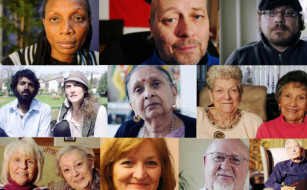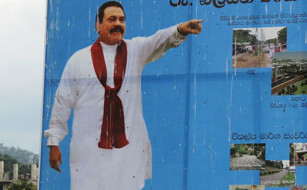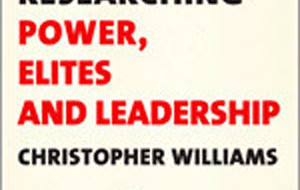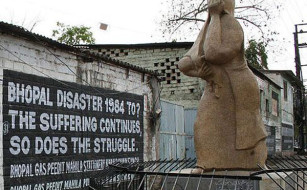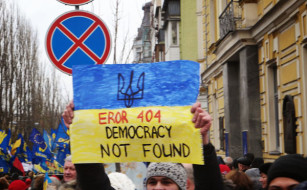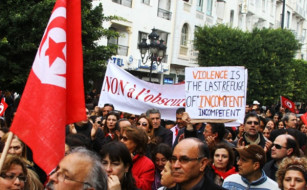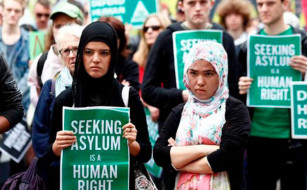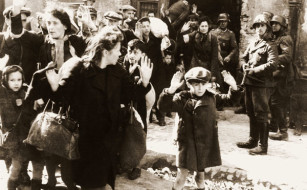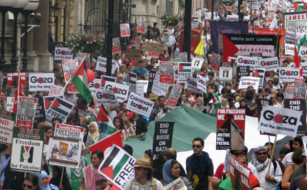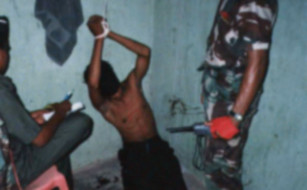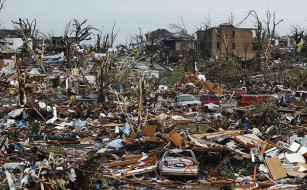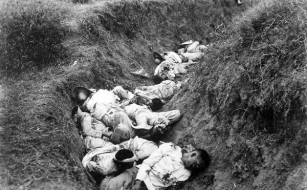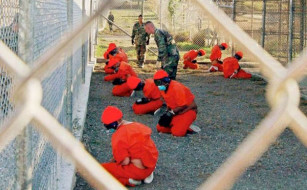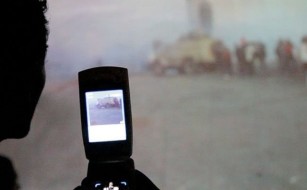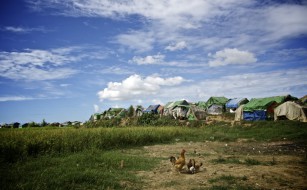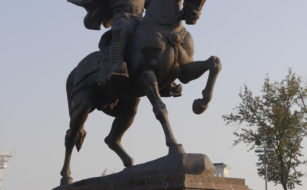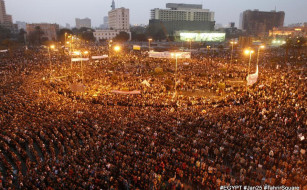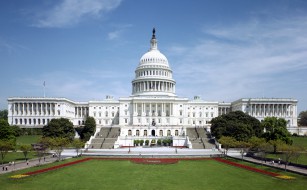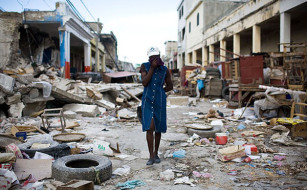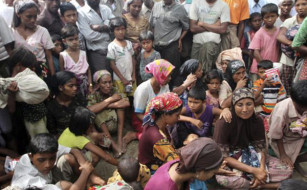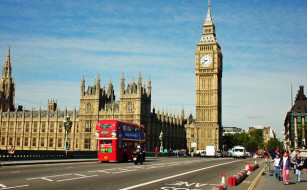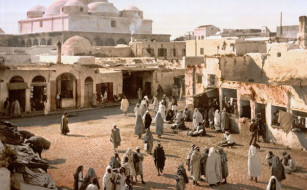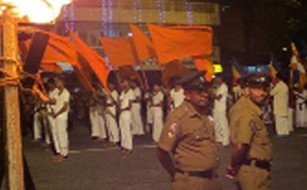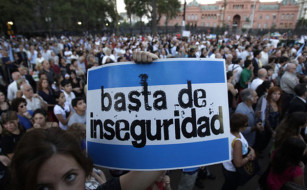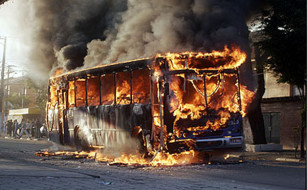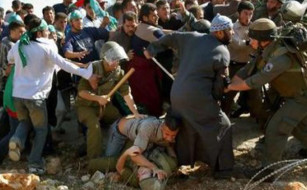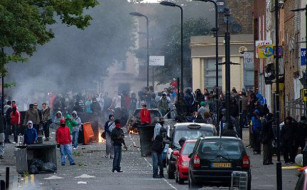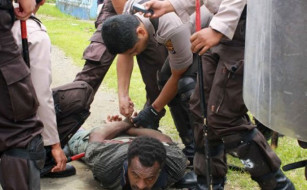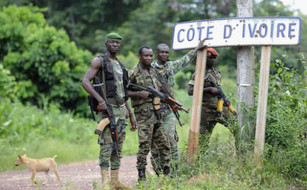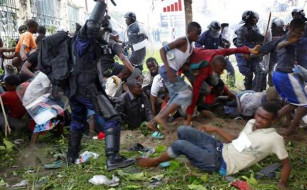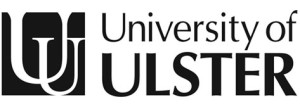'Prison as a Liberated Zone: The Murals of Long Kesh, Northern Ireland (Vol. 2, No. 2, Spring 2012, pp. 149-172)'
- Prison as a Liberated Zone: The Murals of Long Kesh, Northern Ireland, Bill Rolston, State Crime Journal, Vol. 2, No. 2 (Autumn 2013), pp. 149-172
Summary
In Northern Ireland’s Long Kesh prison in the late 1980s and 1990s, prisoners from each of the loyalist and republican groups painted highly politicized murals on the walls in their respective wings. This article seeks to examine these murals as both a symbol and a means whereby the politically motivated prisoners sought to appropriate the space of the prison for their own purposes. Their resistance, expressed in this and other ways, was not merely to the pains of imprisonment, the stripping of individuality and identity which was at the heart of the prison system. Rather imprisonment was seized as an opportunity to advance political understanding and build revolutionary structures whereby the prison was seen as one more front in their respective wars — that of republicans against the British state, and that of loyalists against republican insurgence. Each in their own way, republican and loyalist prisoners created virtual “liberated zones” within the prison and in doing so prepared for political power and conflict transformation on the other side of imprisonment.
Connected Resources
-
Punishment of Serious Human Rights Violations by Changing Internal Moral Codes (Vol. 2, No. 2, Autumn 2013, pp. 173-195)
-
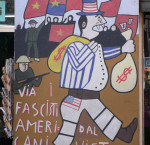
Resistance and Pride: The Murals of Orgosolo, Sardinia (Vol. 3, No. 1, Spring 2014, pp. 73-101)
-
Image Politics and the Art of Resistance in Syria (Vol. 2, No. 2, Spring 2012, pp. 135 – 148)
-
Mubarak’s Egypt — Nexus of Criminality (Vol. 2, No. 2, Spring 2012, pp. 122-134)
-
Corporate Donations to Electoral Campaigns: A Case Study of White-Collar Crime (Vol. 2, No. 2, Spring 2012, pp. 52-71)
-
Crowdsourcing Research: A Methodology for Investigating State Crime (Vol. 2, No. 2, Spring 2012, pp. 30-51)
-
Inquiring into Collusion? Collusion, the State and the Management of Truth Recovery in Northern Ireland (Vol. 2, No. 2, Spring 2012, pp. 4-29)
-

Bill Rolston



